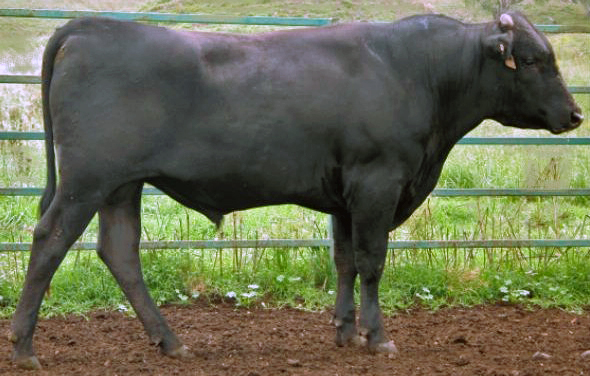Scientists have created what they believe is the “world’s first” 3D-printed Wagyu beef.
Staff at Osaka University used stem cells isolated from 27-month-old Wagyu females (Japanese black) to 3D-print the meat alternative.
They claim the product contains muscle, fat, and blood vessels which “closely resembles” conventional steaks and “looks more like the real thing”.
3D-printed Wagyu beef
Currently, the available cultured meat alternatives only consist primarily of poorly organised muscle fibre cells that fail to reproduce the complex structure of real beef steaks.
Wagyu beef is renowned for its high content of intramuscular fat, known as marbling. This marbling provides the beef with its rich flavours and distinctive texture.
The article, Engineered whole cut meat-like tissue by the assembly of cell fibre using tendon-gel integrated bioprinting, was published in Nature Communications.
The lead author of the research paper, Dong-Hee Kang, said:
“Using the histological structure of Wagyu beef as a blueprint, we have developed a 3D-printing method that can produce tailor-made complex structures, like muscle fibers, fat, and blood vessels.”
“To overcome this challenge, the team started with two types of stem cells, called bovine satellite cells and adipose-derived stem cells.”
“Under the right laboratory conditions, these ‘multipotent’ cells can be coaxed to differentiate into every type of cell needed to produce the cultured meat.”
Furthermore, individual fibers, including muscle, fat, or blood vessels, were fabricated from these cells using bioprinting.
Then, the fibers were arranged in 3D, following the histological structure, to reproduce the structure of the real Wagyu meat, which was finally sliced perpendicularly in a similar way to the traditional Japanese candy Kintaro-ame.
This process made the reconstruction of the complex meat tissue structure possible in a customizable manner.
Senior author Michiya Matsusaki, added:
“By improving this technology, it will be possible to not only reproduce complex meat structures, such as the beautiful sashi of Wagyu beef but to also make subtle adjustments to the fat and muscle components.”
“Customers would be able to order cultured meat with their desired amount of fat, based on taste and health considerations.”
How much does Wagyu breed cost?
Wagyu is the world’s most expensive beef. On its online shop, one butcher shop in Ireland quotes between €55-€65/kg for rib-eye steaks, striploin roasts, and rib-eye roasts.
We priced another, which is quoting between €15.00-€45.00/kg for various beef cuts.
In 2016, Mohsin Altajir and Martine Chapman, who farm a 25,000-acre estate, opened the UK’s first store specialising in Wagyu.
The owners of the high street store run the Highland Wagyu herd across 25,000-acres in Scotland.
After the launch, they told That’s Farming that available on the store’s shelves are Wagyu products ranging from £10 to £1,000 per kilo (over €1,160/kg).
There is a variety of products available from handmade charcuterie, gourmet burgers and pies. Besides, there are prime cuts of sirloin, fillet and rib and all grades of Wagyu beef. These include high-grade Japanese Kobe to lower grade Australian beef.
Wagyu is the breed of choice for Down farmer
Last year, we featured an article about suckler farmer, Paul Turley, who plans to move to a 100% Wagyu system.
He explained: “We started looking at other options, and I thought Wagyu could work well here with the suckler image.”
Paul has now secured a contract with a retailer and beef processor for a year-round supply of Wagyu beef.
The first Wagyu steers he slaughtered off the farm hit a 360-370kg carcass weight at 26 months. On the other hand, heifers had an average carcass weight of 320kg at 27 months.
“The Wagyu system is a work-in-progress, but it is showing promise, or we would have backed out of it already.”
Read his story.
Main image: Credit





